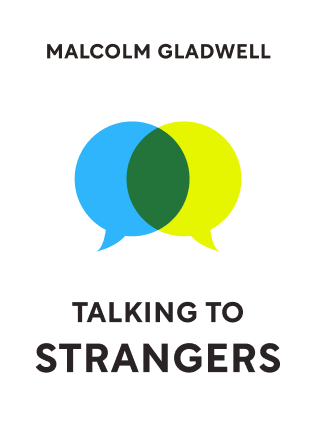

This article is an excerpt from the Shortform book guide to "Talking to Strangers" by Malcolm Gladwell. Shortform has the world's best summaries and analyses of books you should be reading.
Like this article? Sign up for a free trial here .
What is Paul Ekman’s FACS (facial action coding system)? What can it teach you about how transparent our emotions really are? Can you read someone’s feelings on her face?
We’ll cover how Paul Ekman’s FACS system works and why you shouldn’t always judge people’s feelings or intentions by their facial expressions.
Transparency and How It Works
Facial expressions are one of the primary ways that we interpret a stranger’s feelings (because we mistakenly assume that a person’s demeanor is an accurate representation of his feelings).
Paul Ekman’s FACS: Facial Action Coding System
Psychologist Jennifer Fugate is an expert in the system of coding facial actions (referred to here as FACS). FACS assigns a name, or “action unit,” to each of the 43 possible muscle movements of the face. This action unit is used to notate and score people’s facial expressions like music is scored by notes on a page. For example:
- The kind of soft, insincere-seeming smile you would get from a flight attendant has a score of AU 12, based on the facial motions used to create that expression: Pulling up the corners of the lips, and leaving the rest of the face still.
- A genuine-seeming smile has a score of AU 12 plus AU 6. The corners of the lips pull up and the cheeks raise to crinkle the eyes.
It is important to note that these smiles only seem to be insincere or genuine based on how they look. People’s expressions are not always transparent, as discussed below. Ekman’s FACS can’t identify what feeling is prompting a facial expression, or whether or not that facial expression is sincere.
FACS and Friends
Friends is one of the most successful and recognizable shows of all time—in part because the characters are completely transparent. To prove the connection between transparency and the success of Friends, Jennifer Fugate watched the first scene of season five, episode 15 and performed a FACS (facial action coding system) analysis of each character’s expressions throughout.
At the beginning of the episode, Ross sees Chandler and Monica in a romantic moment. This is significant because Chandler is Ross’s best friend and Monica is Ross’s sister. Ross rushes to Monica’s apartment to bust in and stop them. He is frantic. Joey and Rachel come into the scene, while Chandler hides behind Monica to stay out of Ross’s warpath. Monica and Chandler announce that they are in love. Slowly, Ross comes around to being happy for them.
That might seem like a lot to keep up with, but Friends is incredibly easy to follow. Why is that? Because the characters are transparent, as Jennifer Fugate proved with her FACS reading of the scene.
The Results of the FACS Reading
- In the moment that Ross sees Chandler and Monica embrace, his face reads: upper-lip raise, lower-lip depress, lips part, and jaw drop—all at the highest intensity rating. This is the stereotypical look of anger and disgust.
- In the moment that Monica tells Ross she’s sorry for surprising him but that she’s in love with Chandler, her face reads: 1 + 2, which communicates classic sadness, then eyebrow raise, then the AU 12 flight attendant smile. This combines to express that she is sad to upset Ross, but happy to be with Chandler.
- In that same moment, Ross’s face reads: 1 + 2, classic sadness, then 1 + 12, the beginnings of happiness. His sadness has shifted into joy when he sees that Monica is happy.
Fugate’s FACS (facial action coding system) reading proves that the actors in Friends portray every emotion their character goes through inwardly directly through their facial expressions—the characters are completely transparent. The show’s popularity is evidence that people like dealing with transparent people (and characters). Transparency makes people and their stories easier to understand.
When we meet strangers, we tend to believe that they’ll be as transparent as the characters on Friends. This is the “Friends Fallacy.” It’s a fallacy because real life isn’t like an episode of Friends. In reality, strangers often aren’t transparent. So why do we assume they are?

———End of Preview———
Like what you just read? Read the rest of the world's best book summary and analysis of Malcolm Gladwell's "Talking to Strangers" at Shortform .
Here's what you'll find in our full Talking to Strangers summary :
- Why we don't understand strangers
- How to talk to strangers in a cautious way so you don't get fooled
- How Hitler deceived so many world leaders







Is there anyway that I can receive a comprehensive paper that details of the 43 facial movements and what they reference?
thanks